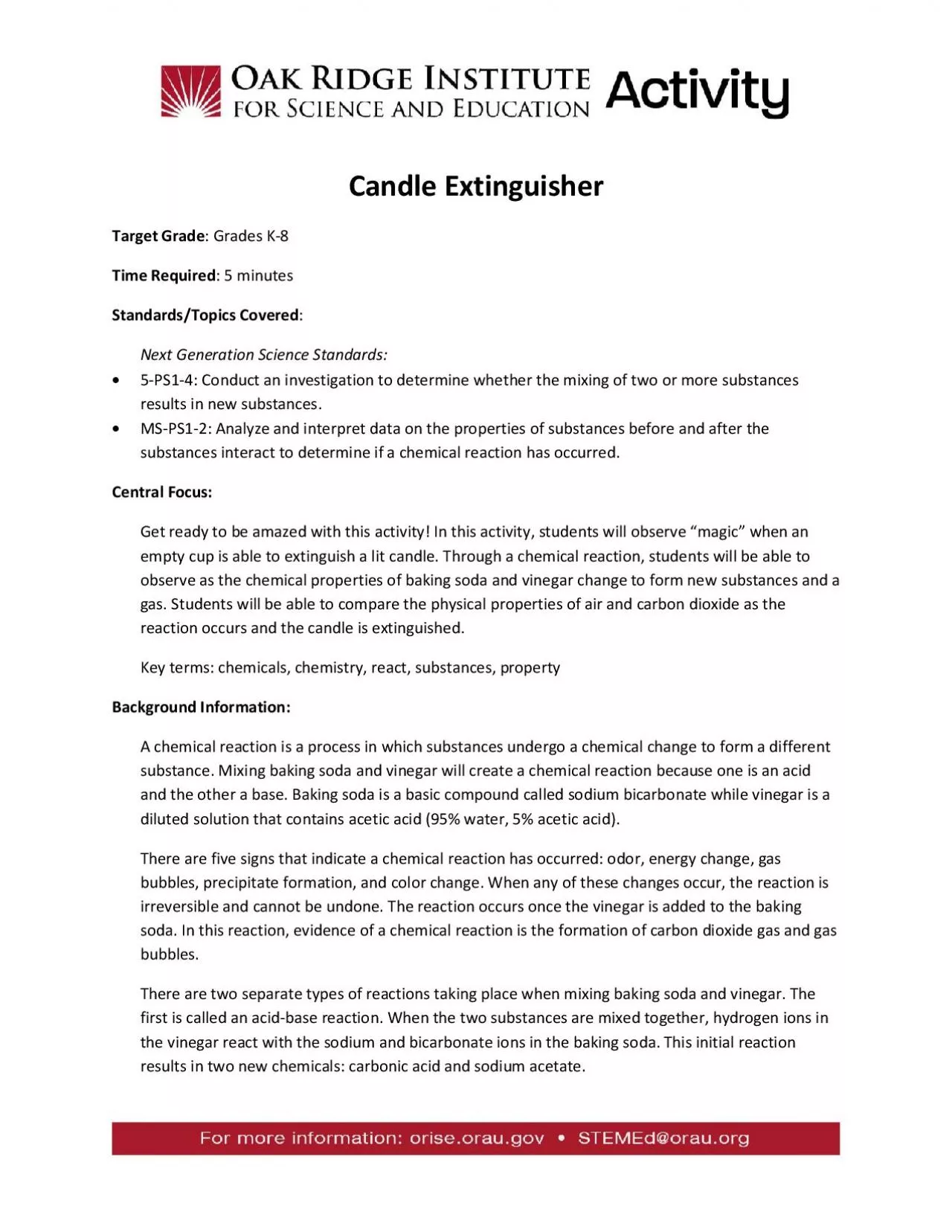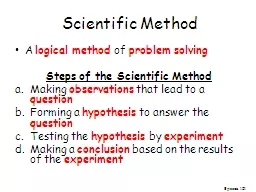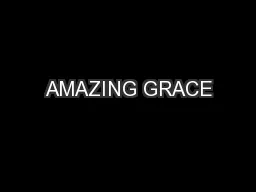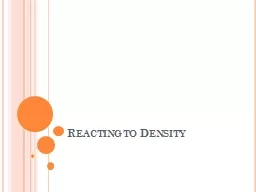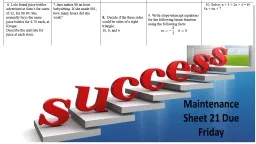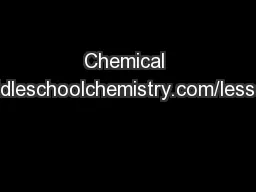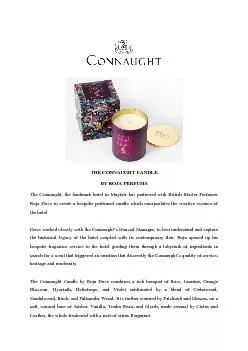PDF-Candle ExtinguisherTarget GradeGrades Time RequiredminutesStandardsTo
Author : belinda | Published Date : 2022-08-22
A decomposition reaction is the second reaction that occurs The first reaction created carbonic acid which immediately begins to decompose into water and releases
Presentation Embed Code
Download Presentation
Download Presentation The PPT/PDF document "Candle ExtinguisherTarget GradeGrades Ti..." is the property of its rightful owner. Permission is granted to download and print the materials on this website for personal, non-commercial use only, and to display it on your personal computer provided you do not modify the materials and that you retain all copyright notices contained in the materials. By downloading content from our website, you accept the terms of this agreement.
Candle ExtinguisherTarget GradeGrades Time RequiredminutesStandardsTo: Transcript
Download Rules Of Document
"Candle ExtinguisherTarget GradeGrades Time RequiredminutesStandardsTo"The content belongs to its owner. You may download and print it for personal use, without modification, and keep all copyright notices. By downloading, you agree to these terms.
Related Documents

